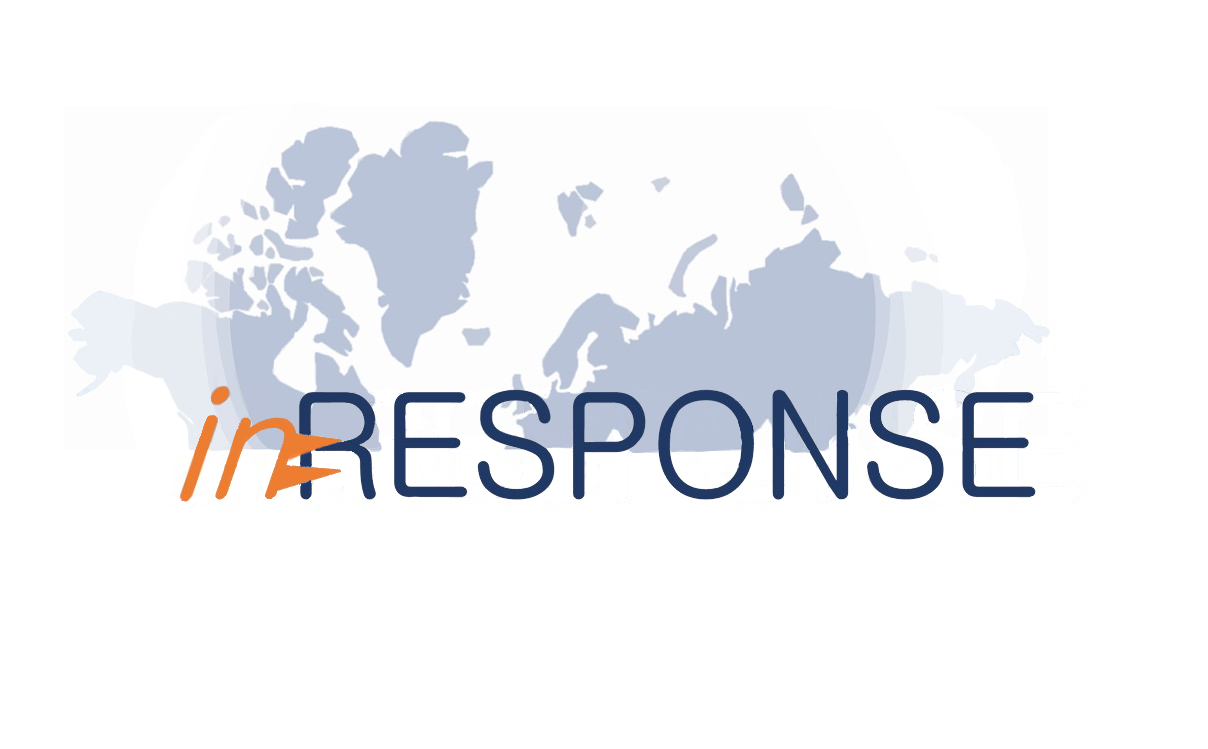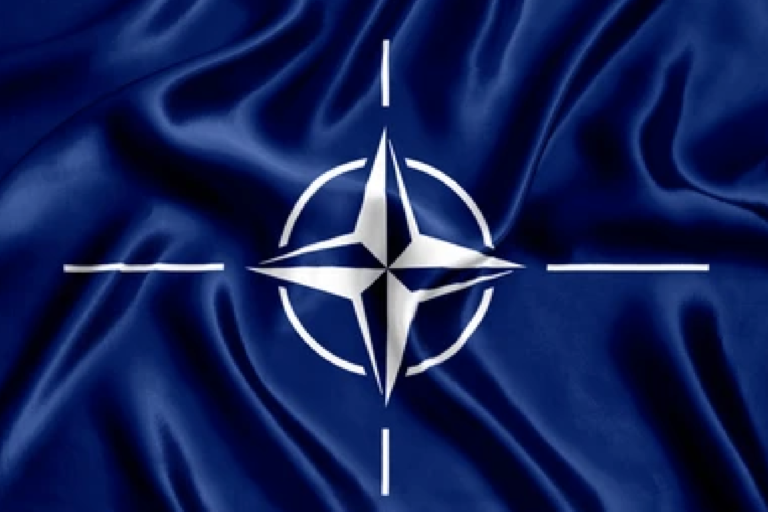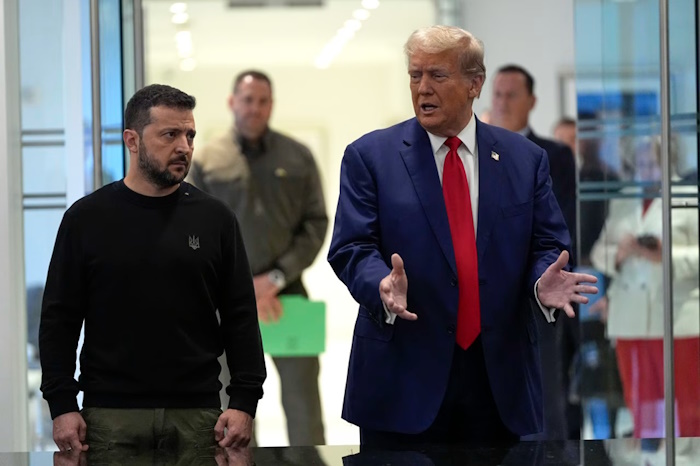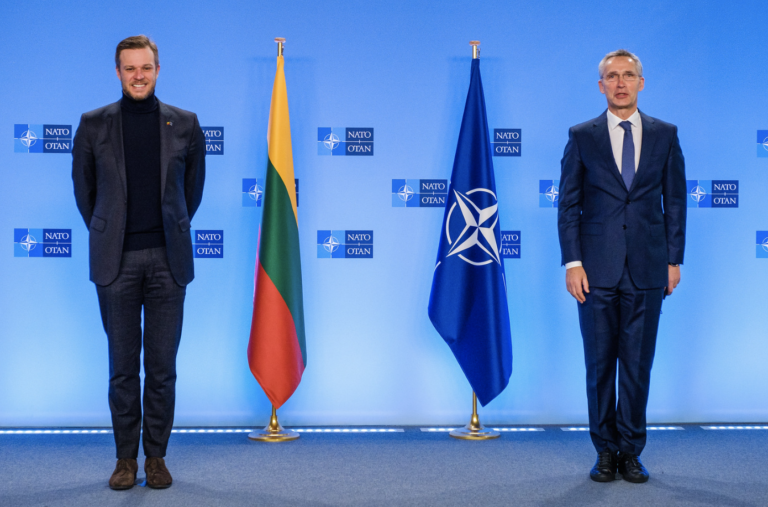Hybrid deterrence: The EU’s security and defense assistance shifts approach in Moldova
by Elena Simanschi, PhD Candidate at the Universitat Autonoma de Barcelona & inRESPONSE Researcher

Moldova’s security landscape underwent a drastic transformation following Russia’s full-scale military aggression against its neighbor Ukraine in February 2022, resulting in 850,000 Ukrainian refugees crossing the border from 24 February 2022 to July 2023. Additionally, missile and drone incidents on Moldovan land near the border zones posed serious security challenges to the local population. Moldova also encountered an escalated (pro)-Russian (dis)information campaign against the incumbent government, coupled with overt threats to facilitate Transnistria’s secession. The convergence of these multiple threats compelled the country’s leadership to acknowledge that Russia is waging a hybrid war against Moldova, employing a spectrum of destabilizing tactics ranging from disinformation campaigns to military intimidation. This marks an unprecedented challenge in Moldovan history, necessitating a comprehensive response to safeguard national security and stability.
Consequently, Moldovan authorities appealed to the EU for assistance in addressing the hybrid threats. Hybrid threats in this context reflect a variety of tools used in a complex manner to undermine a target, ranging from information manipulation, cyberattacks, economic influence or coercion, covert political maneuvering, and coercive diplomacy to threats of military force. In response, the EU identified managing the impact of Russia’s war with Ukraine on Moldovan security and bringing Moldova closer to the EU as two objectives of the support package announced in June 2023. The High Representative/Vice-President Josep Borrell affirmed on this occasion that the EU “is determined to continue enhancing the country’s resilience, including by providing tangible support to Moldova’s security and accompanying it on its reform path.”
The EU’s assistance to Moldova dates back to 2005 when the EU’s Border Assistance Mission to Moldova was launched. It was linked to the EU’s enlargement, encompassing countries bordering Moldova and necessitating the enhancement of regional border controls. Although the EU’s assistance to Moldova has been boosted since 2014, when the EU-Moldova Association Agreement was signed, it was mainly focused on democratic transition support and lacked a proper security component. The situation changed significantly against the backdrop of documented evidence of Russia amassing troops near the Ukrainian border in 2021. The escalating military tensions near Moldova’s borders necessitated a strategic realignment towards bolstering defense-oriented mechanisms. This shift aims to enhance the country’s readiness to effectively address the evolving threat. Thus, the European Peace Facility was launched in December 2021. Along with traditional non-lethal military procurement (e.g., air surveillance and mobility tools), cyber defense equipment to prevent critical infrastructure disruption was included in the package.
Russia’s full-scale invasion of Ukraine in 2022 marked a significant turning point in the evolution of the EU’s security and defense support for Moldova. It led to the formal extension of the EU’s security ecosystem through the establishment of the EU’s Support Hub for Internal Security and Border Management. This move aimed to address the heightened risks of smuggling and illegal migration provoked by the war, utilizing intelligence and police cooperation. Notably, the Hub also focused on combating cross-border cybercrime, a pressing issue where criminals target victims in foreign countries to evade arrest. Concurrently, Russia’s efforts to destabilize Moldova through (dis)information campaigns and the significant involvement of Russian officials in the Transnistria region raised concerns. With Transnistria hosting Russian artillery storage and military personnel, the Moldovan government officially recognized a hybrid threat emanating from Russia, reflecting it in its new Security Strategy. Consequently, in response to this threat, Moldova made a formal request for assistance, leading to the deployment of the first civilian CSDP Mission in the country’s history in 2023. Notably, this Mission was fully devoted to addressing hybrid threats ranging from cyber incidents to countering foreign information manipulation and crisis management. Therefore, the EU provided substantial assistance to bolster Moldova’s capacity to prevent potential attacks, both militarily and in terms of hybrid warfare. This support became crucial as the concept of hybrid warfare materialized in practice on Moldovan territory, a fact that was apparently acknowledged by the EU.
Evidently, the EU’s approach to supporting Moldova has undergone significant changes since the Russian military threat materialized. While maintaining support for border management and cross-border cybercrime, the EU has greatly expanded the application of the Common Security and Defense Policy (CSDP) regarding defensive capabilities. Notably, hybrid deterrence has become an integral component of CSDP missions established in Moldova. Although hybrid threats have been incorporated into the EU’s security framework since 2015, the recognition of defense as an area encompassing cyber and information disorder at the forefront of the agenda occurred on the threshold of the Russian military invasion of Ukraine in 2021 and galvanized after the full-scale invasion of Ukraine. The EU’s evolving stance on bolstering the security of its associated members on the path to accession carries implications that extend beyond Moldova’s case. One significant implication pertains to the EU’s perception of its own power. Previously, the EU viewed itself primarily as a soft power, focused on maintaining peace in Europe and relying heavily on NATO for defense. However, there has been a notable shift in this self-perception towards a more nuanced understanding of power – one that embraces a multi-vector, hybrid approach.
The EU’s evolving stance on bolstering the security of its associated members on the path to accession carries implications that extend beyond Moldova’s case. One significant implication pertains to the EU’s perception of its own power. Previously, the EU viewed itself primarily as a soft power, focused on maintaining peace in Europe and relying heavily on NATO for defense. However, there has been a notable shift in this self-perception towards a more nuanced understanding of power – one that embraces a multi-vector, hybrid approach. In light of hybrid threats, where traditional military force intersects with non-traditional methods, the EU recognizes the need for a similarly hybrid response. This entails integrating strategic military capabilities with autonomous defense strategies, and extending the application of the Common Defense Policy to neighboring countries on the accession track. Additionally, there is a growing acknowledgment of the importance of countering (dis)information and cyber threats as integral components of military defense. Another implication is the heightened emphasis on strategic security and defense planning. While Moldova may not currently be in a state of military conflict, the EU’s support for its defense sector underscores a shift towards a preventative approach. Rather than solely reacting to crises, the EU is increasingly focused on preemptive measures to safeguard neighboring countries. Furthermore, the EU’s perception of ‘self’ has expanded to encompass countries on the accession track that are at risk of conflict. This perception differs from its relationship with other associated countries not facing immediate threats of war. The proximity to conflict zones has nurtured a deeper sense of unity. This feeling of closeness stems from the interwoven security concerns, and it is manifested in the inclusion of the associated countries at risk of war within the EU’s security and defense policy framework.
The views, thoughts, and opinions expressed in the blog posts belong solely to the authors, and are not necessarily representative of the Institut Barcelona d’Estudis Internacionals (IBEI) nor the Spanish Ministry of Science and Innovation. The content provided through our blogs is for informational purposes only. Readers are encouraged to consider the context and research behind the viewpoints shared within each blog post.







